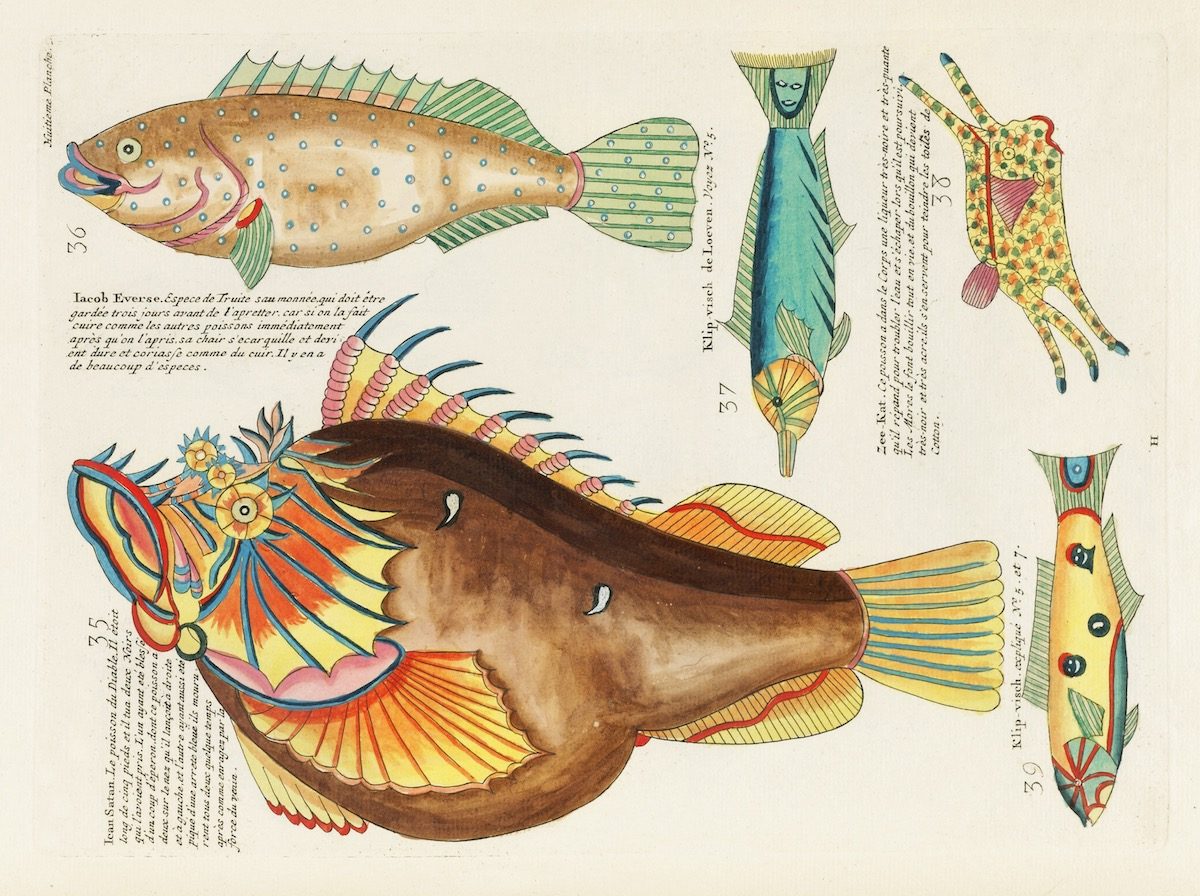
English philosopher George Edward Moore (4 November 1873 – 24 October 1958) had a question: can you explain to someone who does not already know it what red is, without pointing to something that has the property of redness – such as “This is a red hat”, “This is a red dot”, “blood is red” and so on? And in more direct reference to this post on Louis Renard’s superb illustrations of East Indies marine life for his book Histoire naturelle des plus rares curiositez de la mer des Indes (1754), can you know what a tropical fish looks like without ever seeing one?
Louis Renard (c.1678-1746), a publisher and spy for the British crown, never left his native Netherlands. He never saw a live tropical fish, let alone one swimming about the East Indies. So how did he know what a tropical fish looked like? Well, the aforementioned Moore can help us in his thoughts on reality.
“It is raining, but I do not believe it is raining” is the so-called “Moore’s paradox”. Is it possible for anyone to consistently assert such a sentence if there is no logical contradiction between “It is raining” and “I don’t believe that it is raining” – the former is a statement about the weather and the latter a statement about a person’s belief about the weather? It is logically possible that it may rain whilst a person does not believe that it is raining.
So “that is a tropical fish”; “I do not believe it is a tropical fish” can both be correct. But let’s not go too astray and deep into it because Renard copied drawings by Samuel Fallours, Baltazar Coyett and Adrien Vander Stell, augmenting them with vivid colours. Renard believed in their representations of fish but thought them a bit dull so added some trippy colours, giving the finished fish a surreal, otherworldliness. He was, however, a tad concerned about his readers believing him, so the preface contains several affidavits asserting the accuracy of the colouring and depiction.
The descriptive text on the plates veers towards the anecdotal and culinary, rather than the scientific.
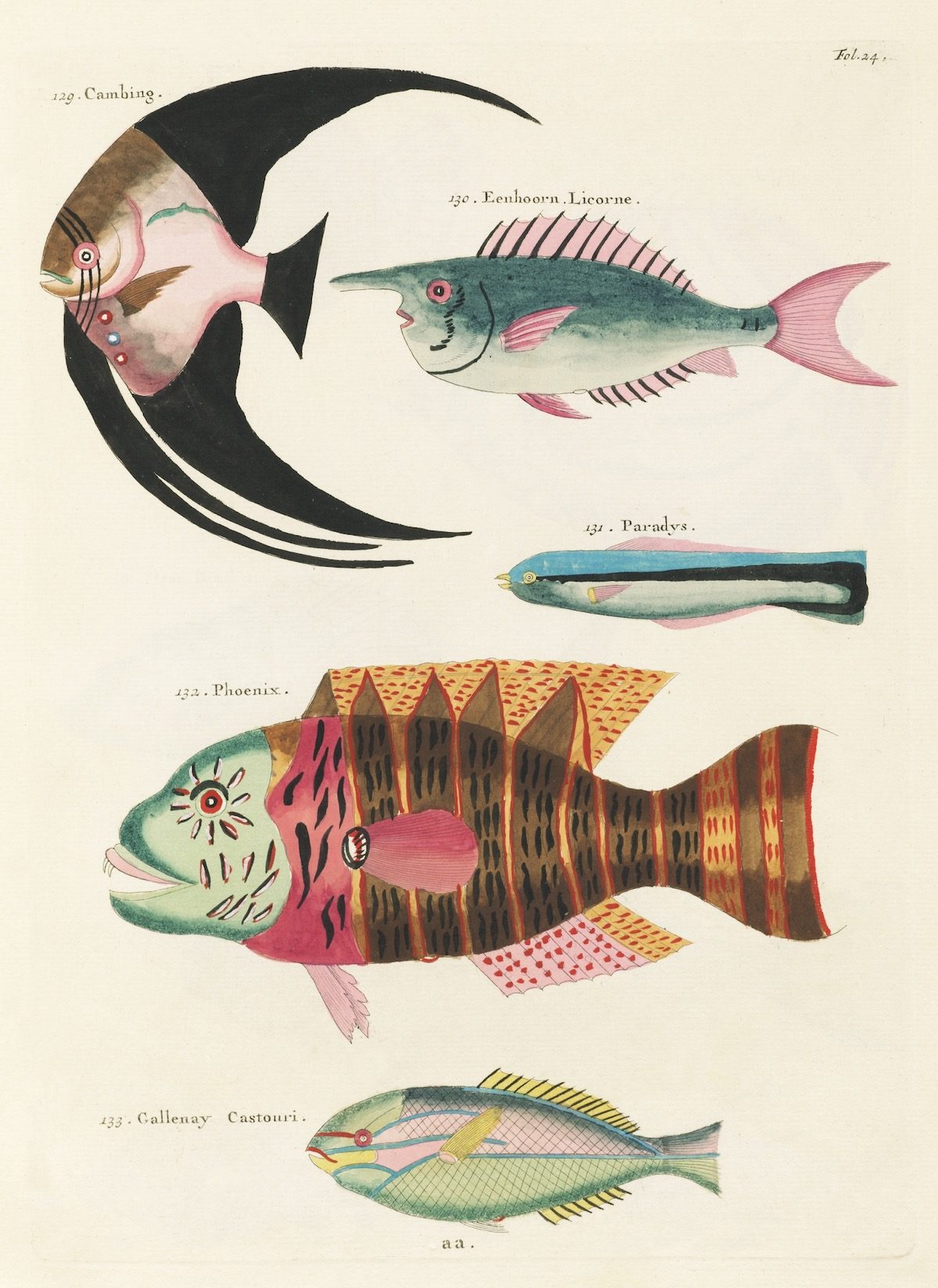
Colourful and surreal illustrations of fishes found in Moluccas (Indonesia) and the East Indies by Louis Renard (1678 -1746) from Histoire naturelle des plus rares curiositez de la mer des Indes (1754).
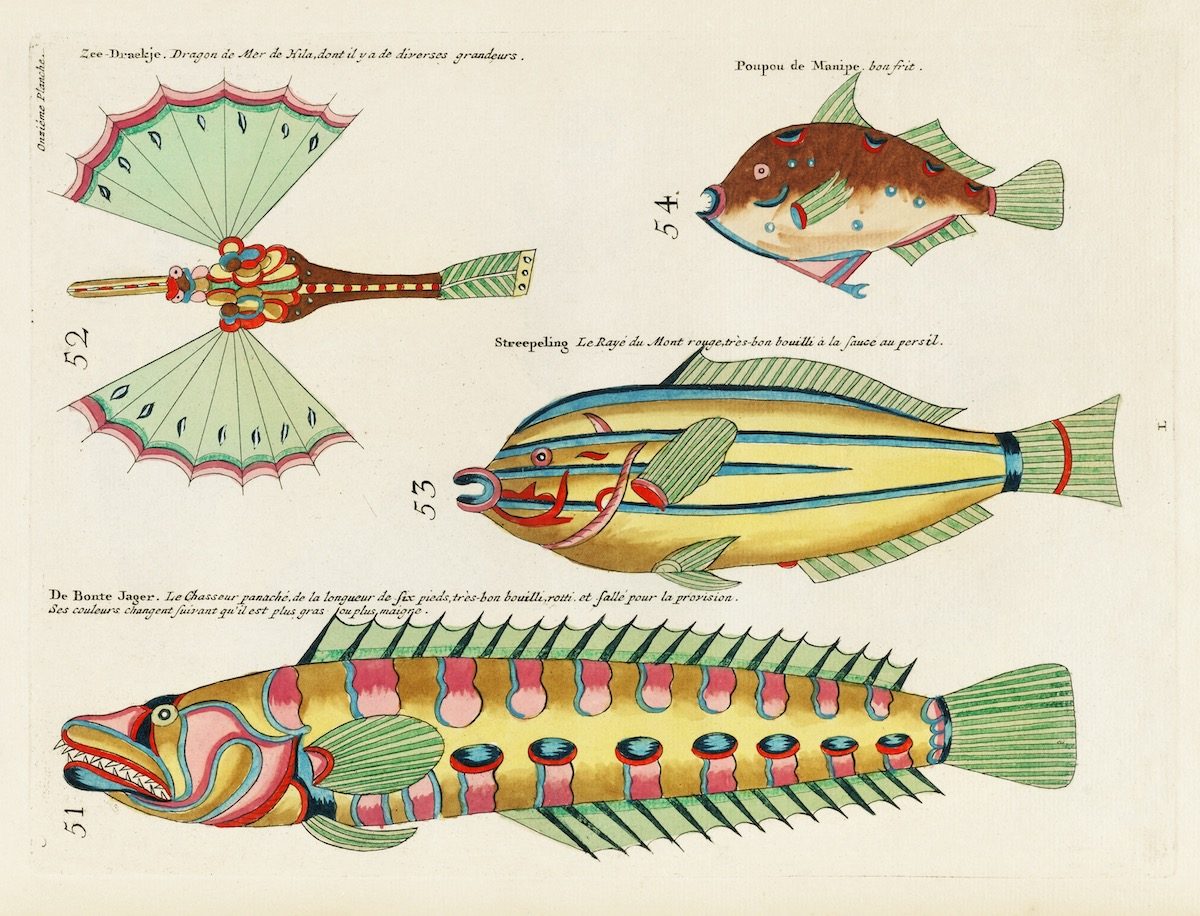
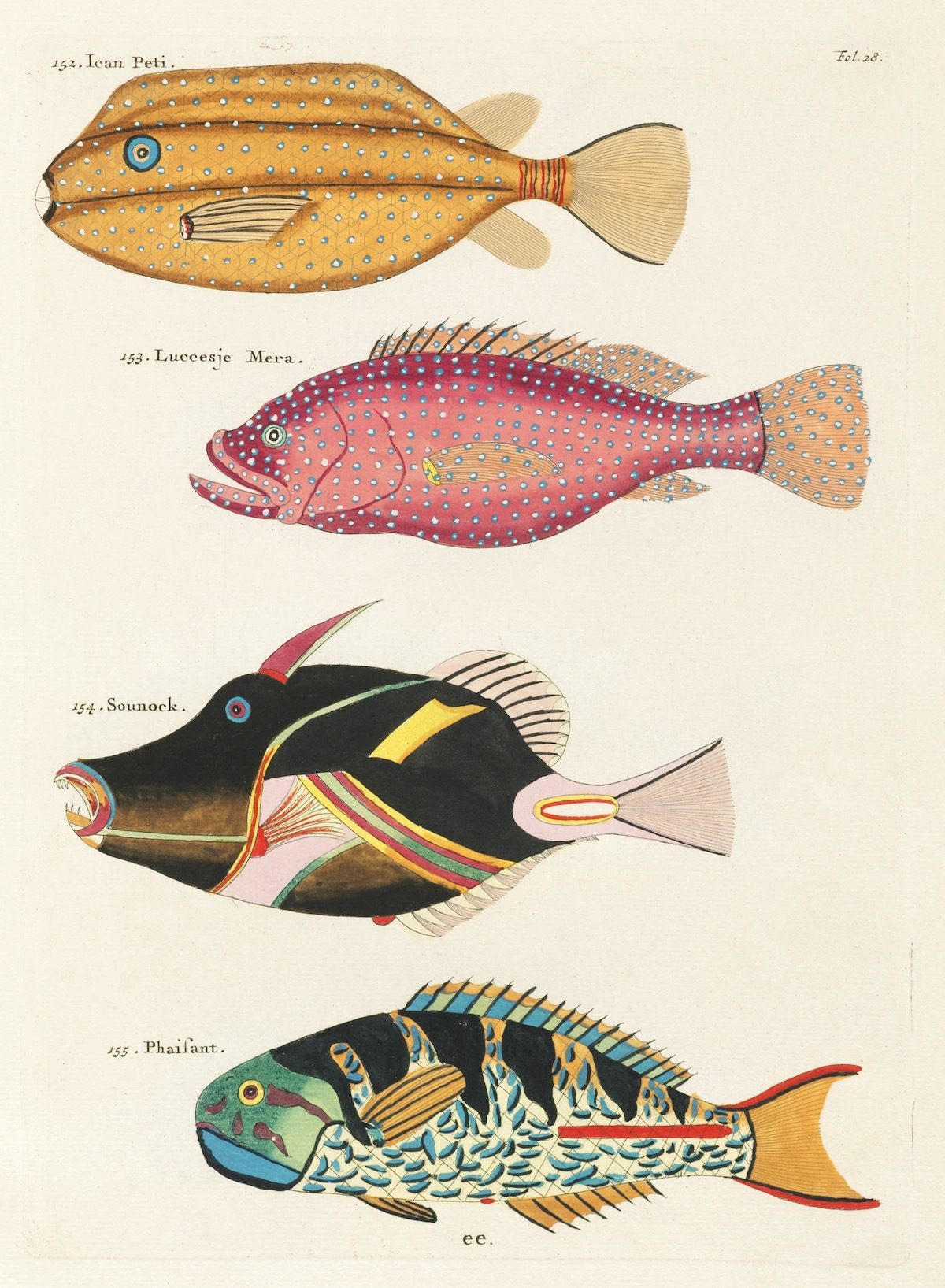
Colourful and surreal illustrations of fishes found in Moluccas (Indonesia) and the East Indies by Louis Renard (1678 -1746) from Histoire naturelle des plus rares curiositez de la mer des Indes (1754).

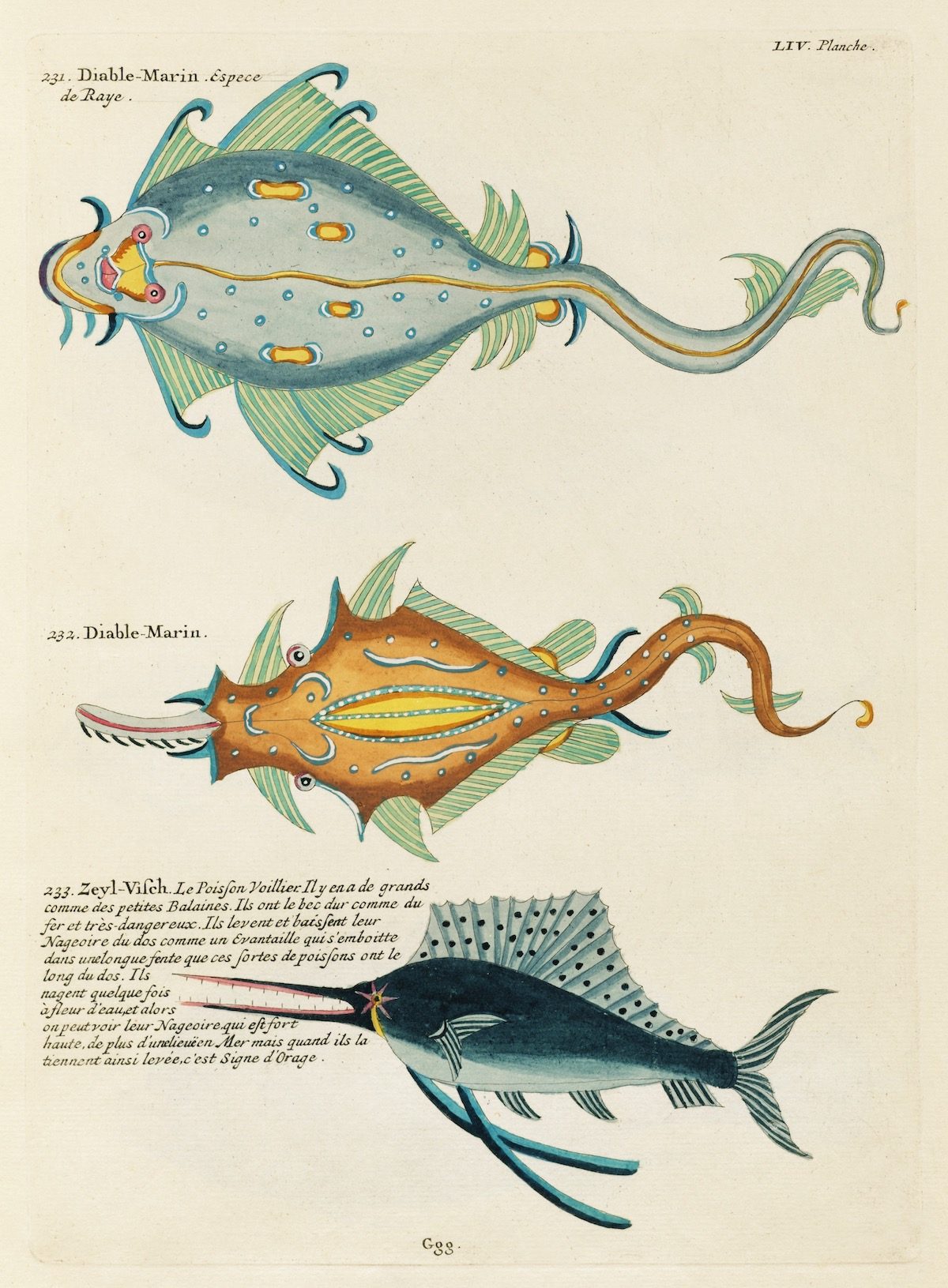
.
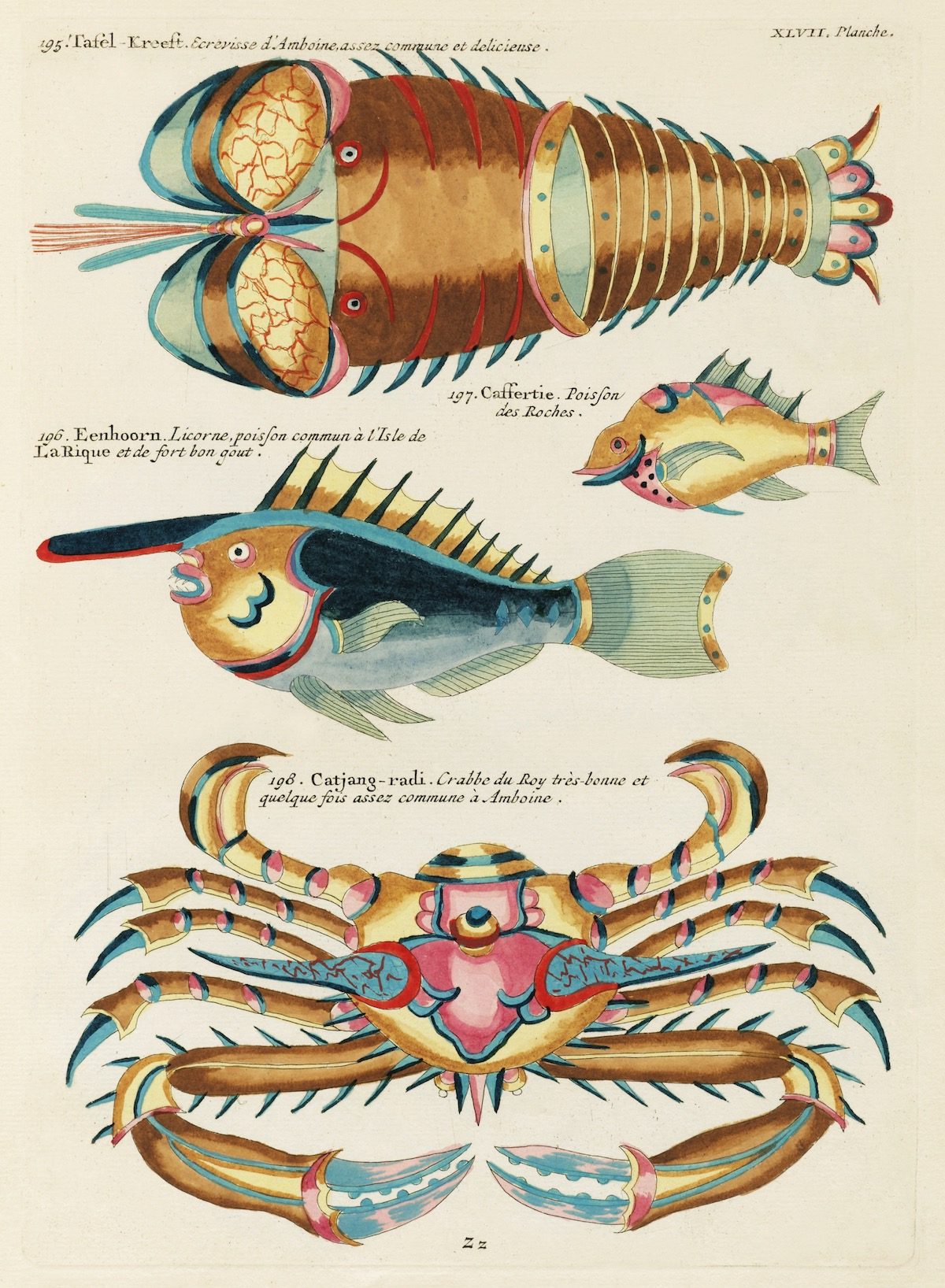
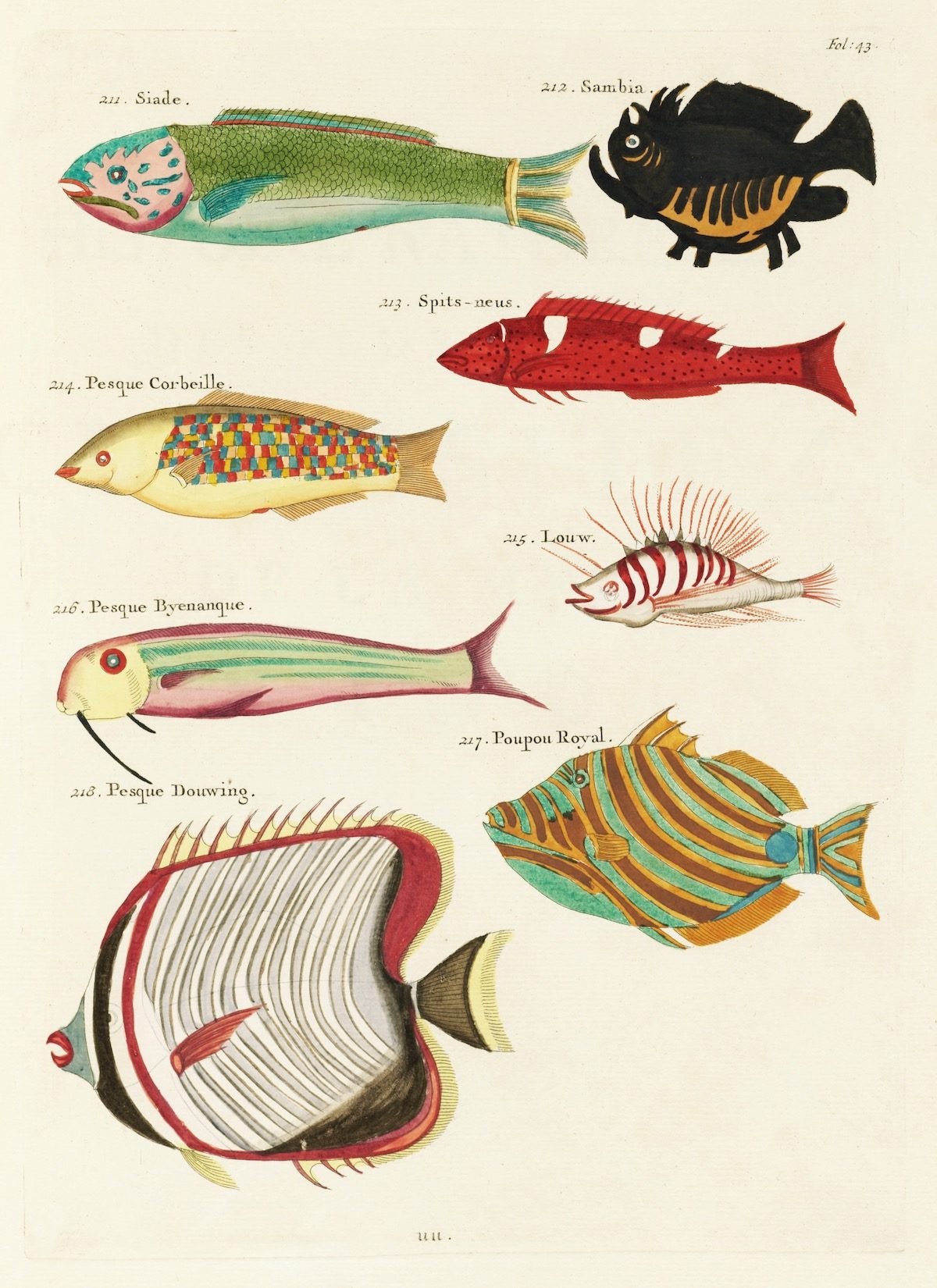
Colourful and surreal illustrations of fishes found in Moluccas (Indonesia) and the East Indies by Louis Renard (1678 -1746) from Histoire naturelle des plus rares curiositez de la mer des Indes (1754).

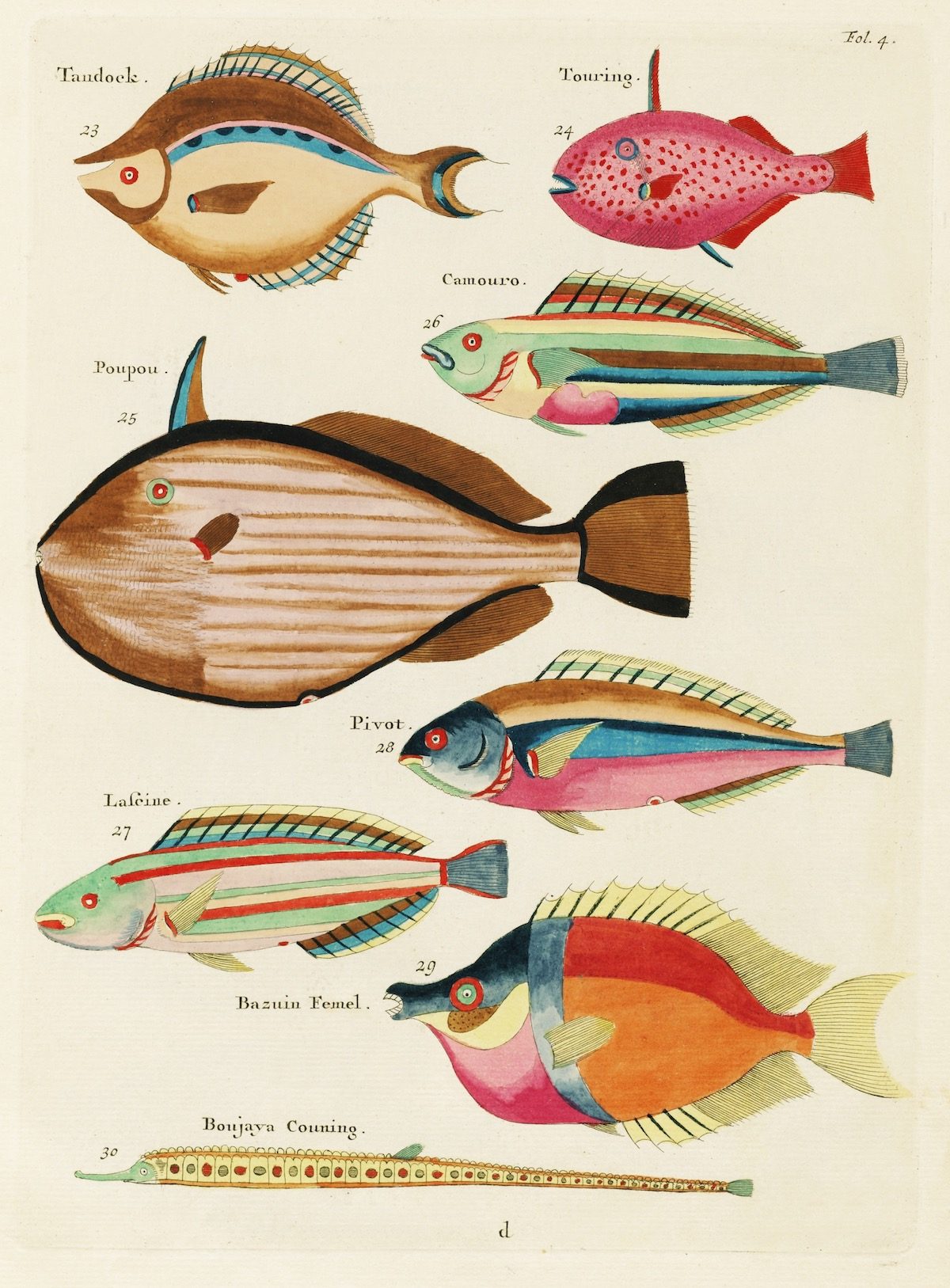
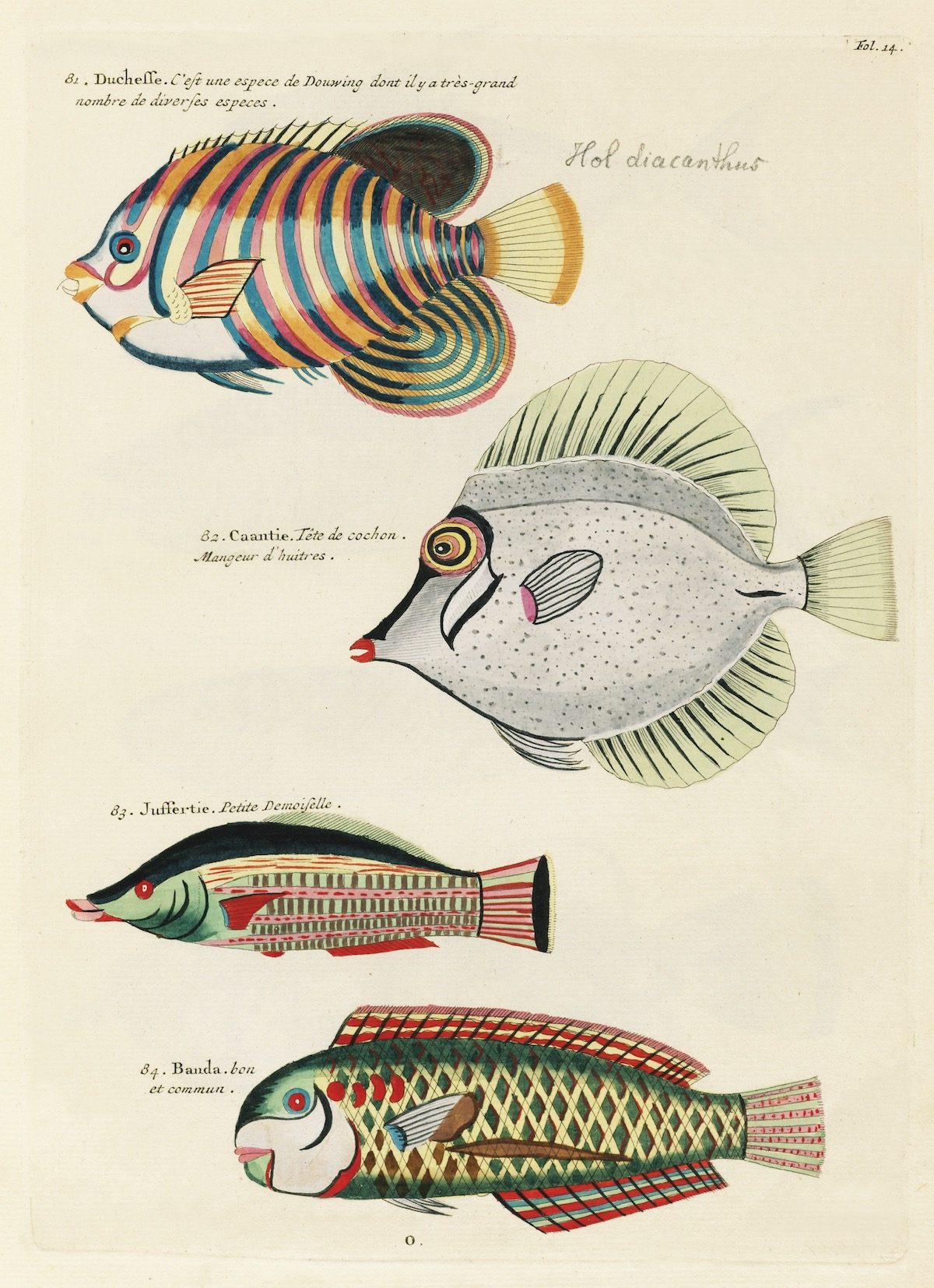
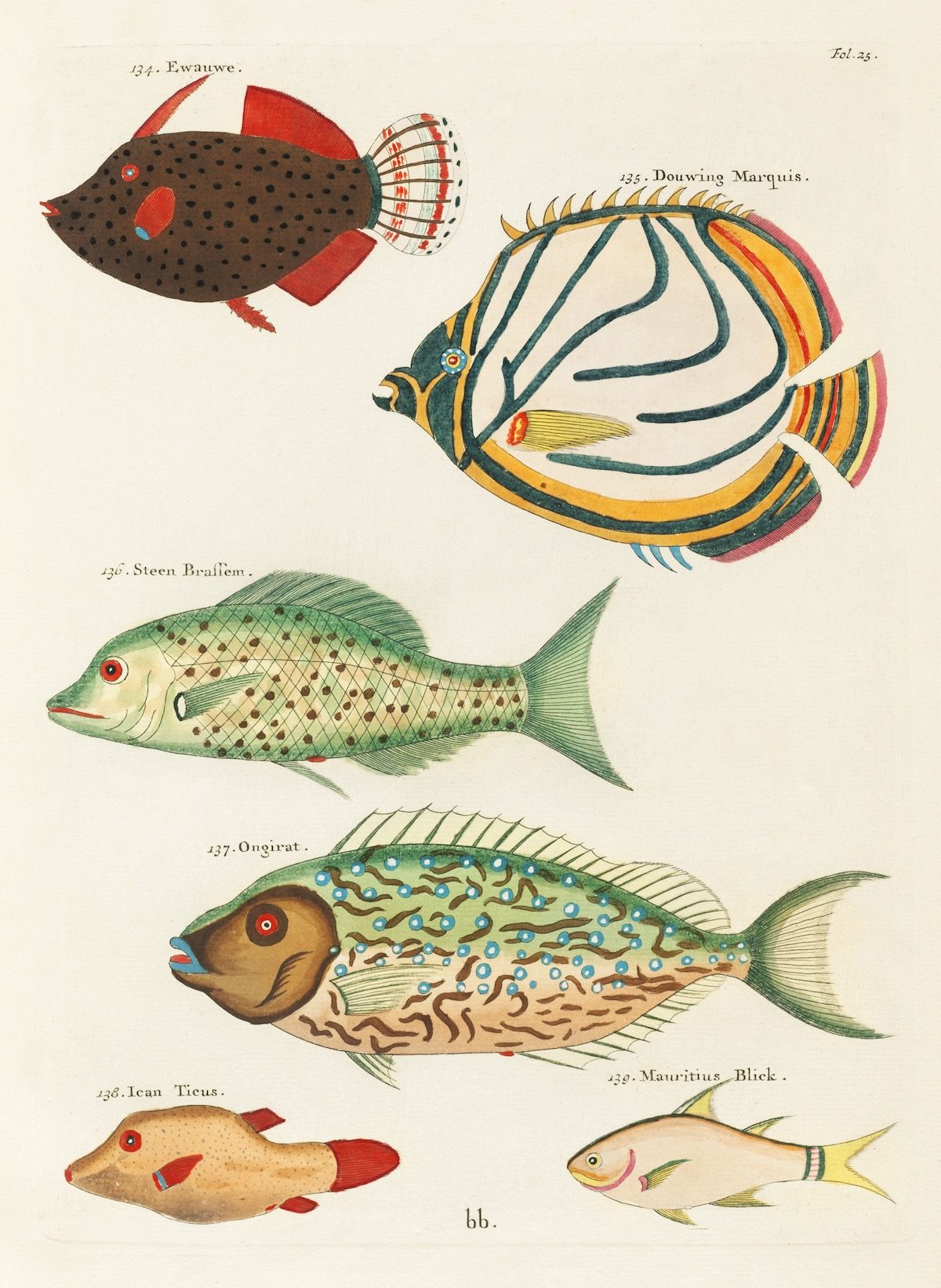
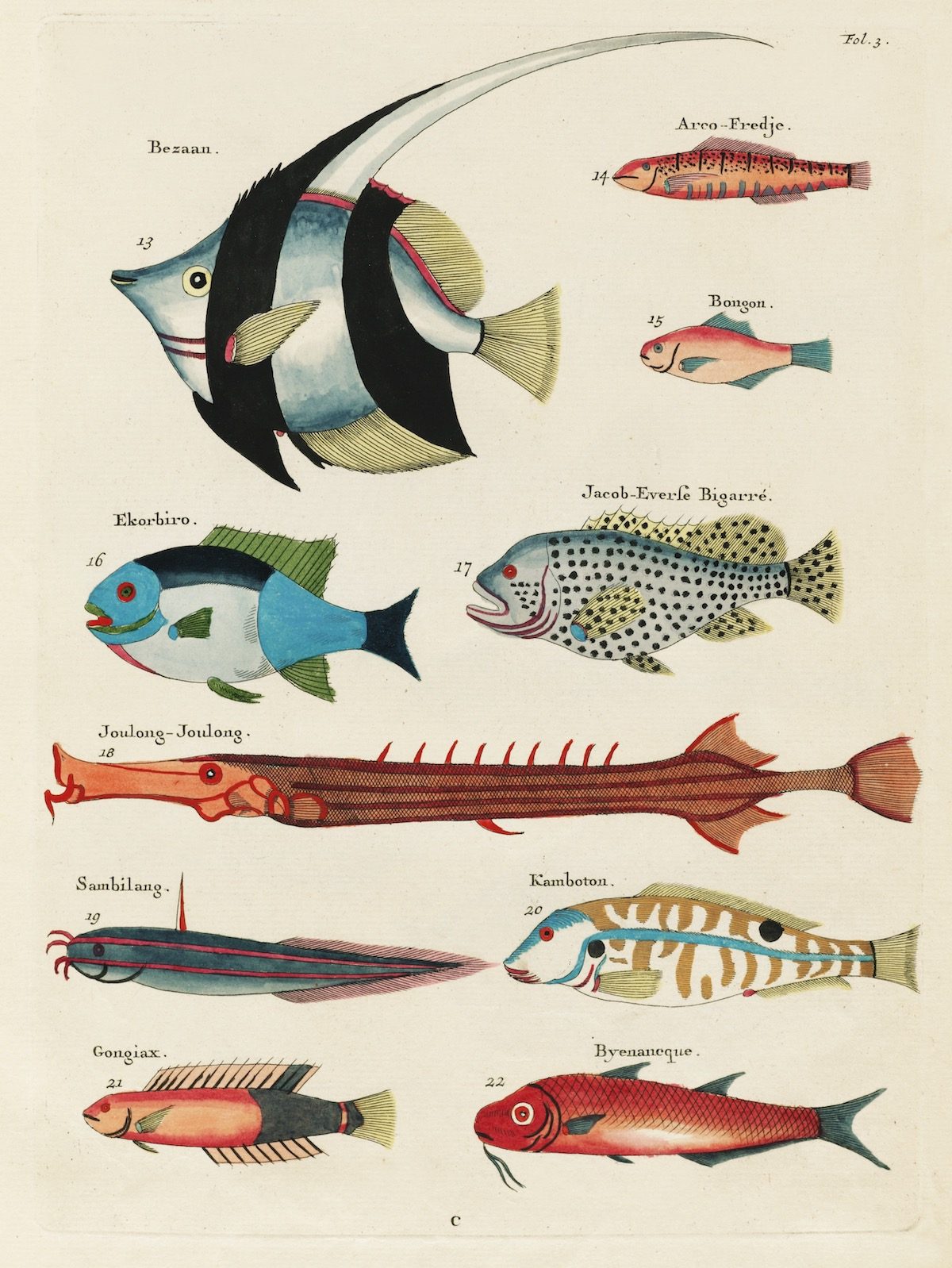
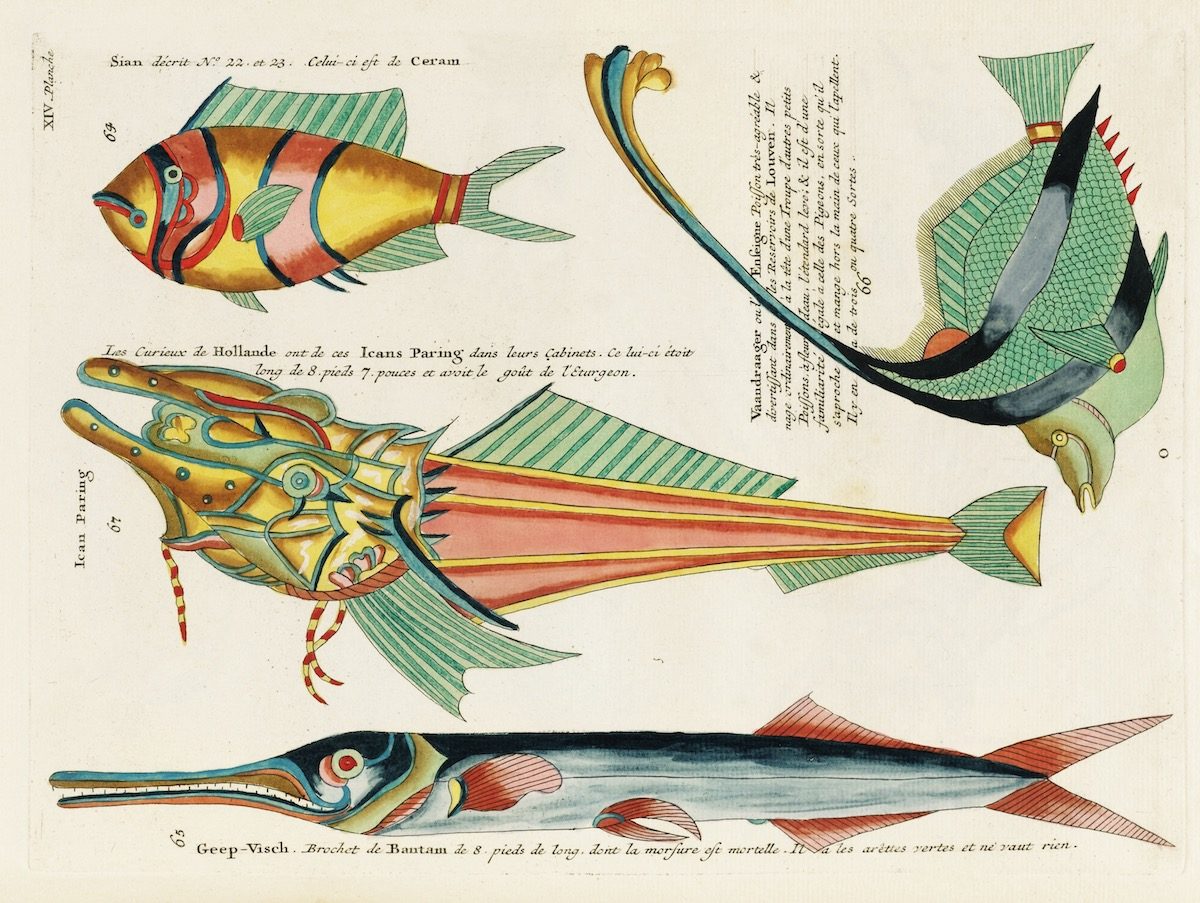
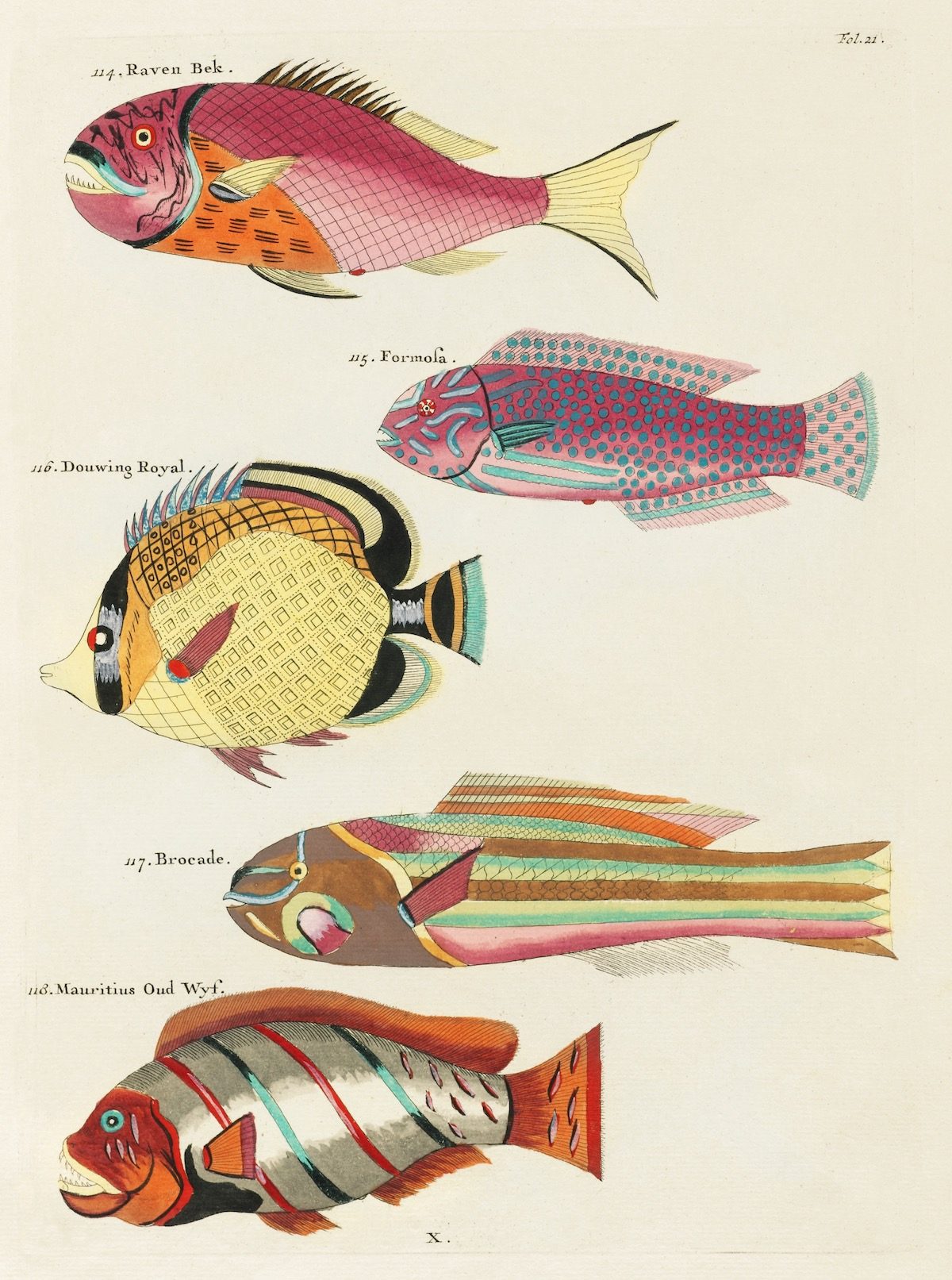

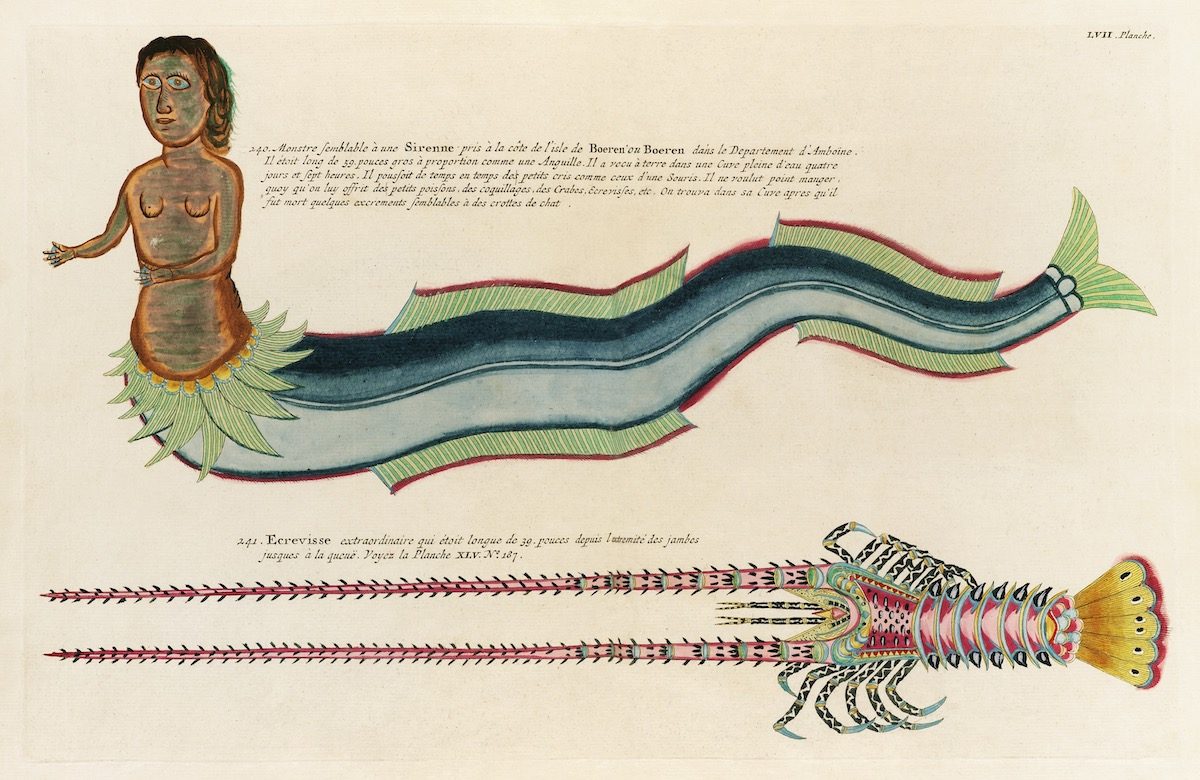
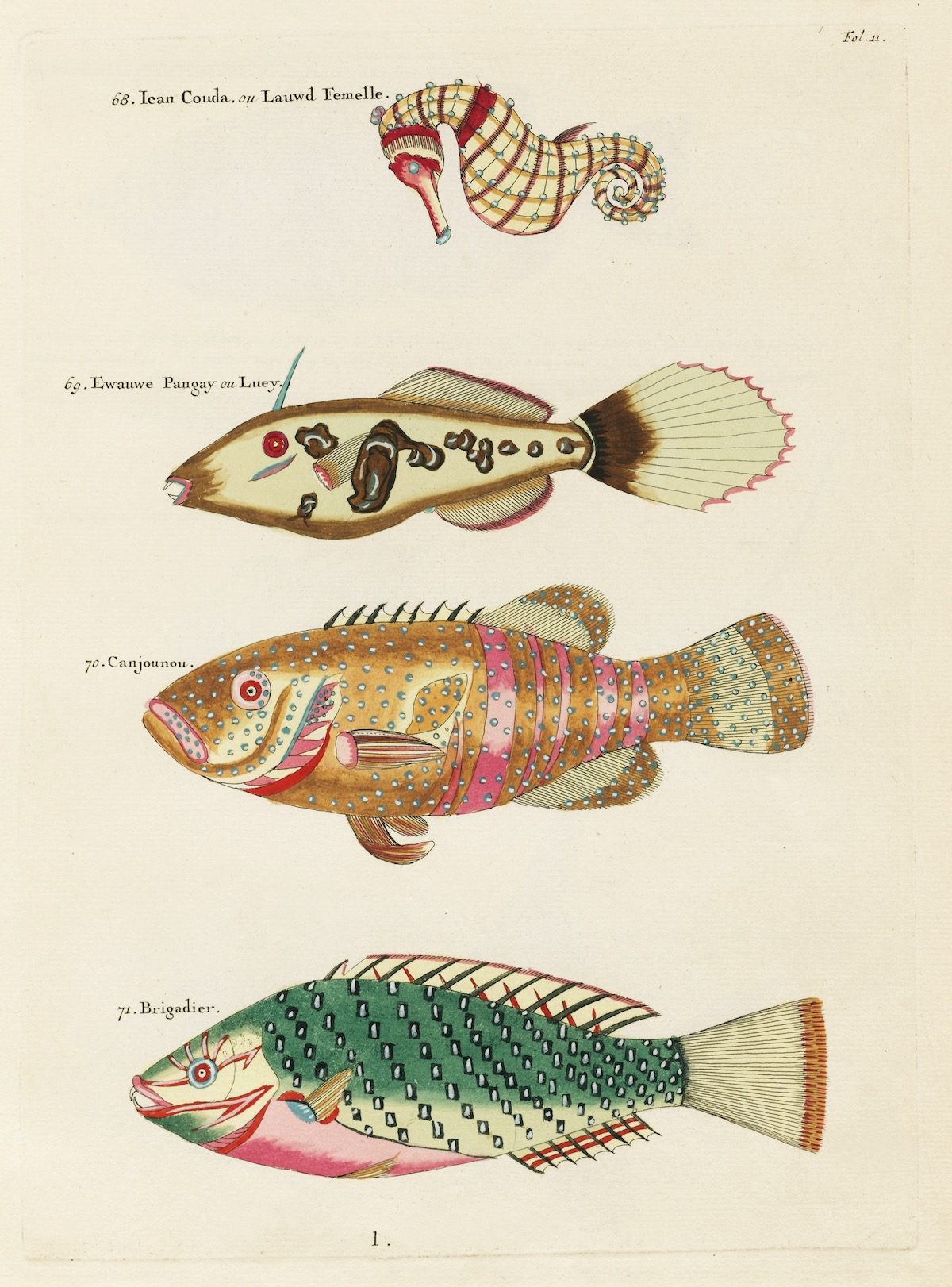
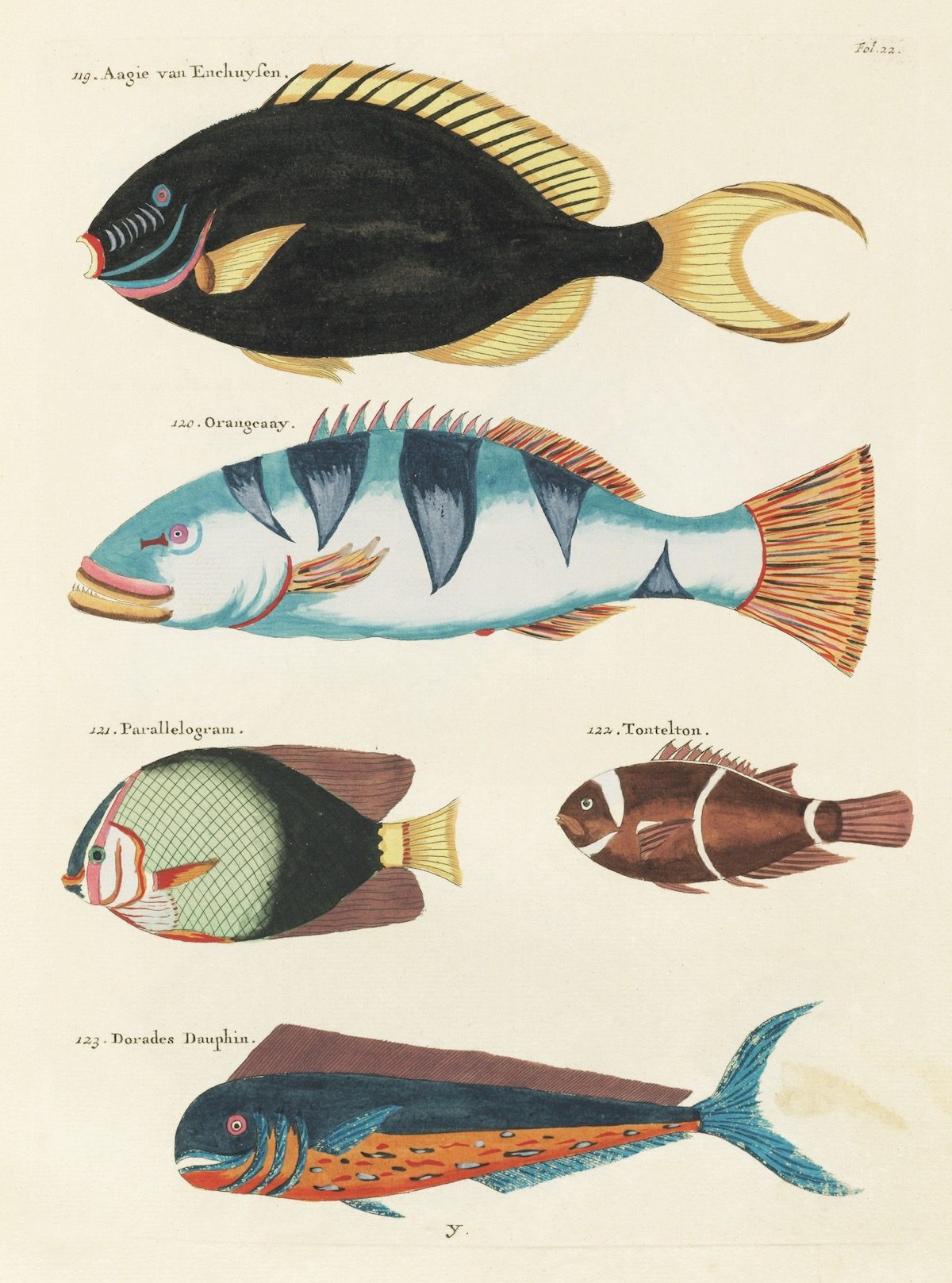
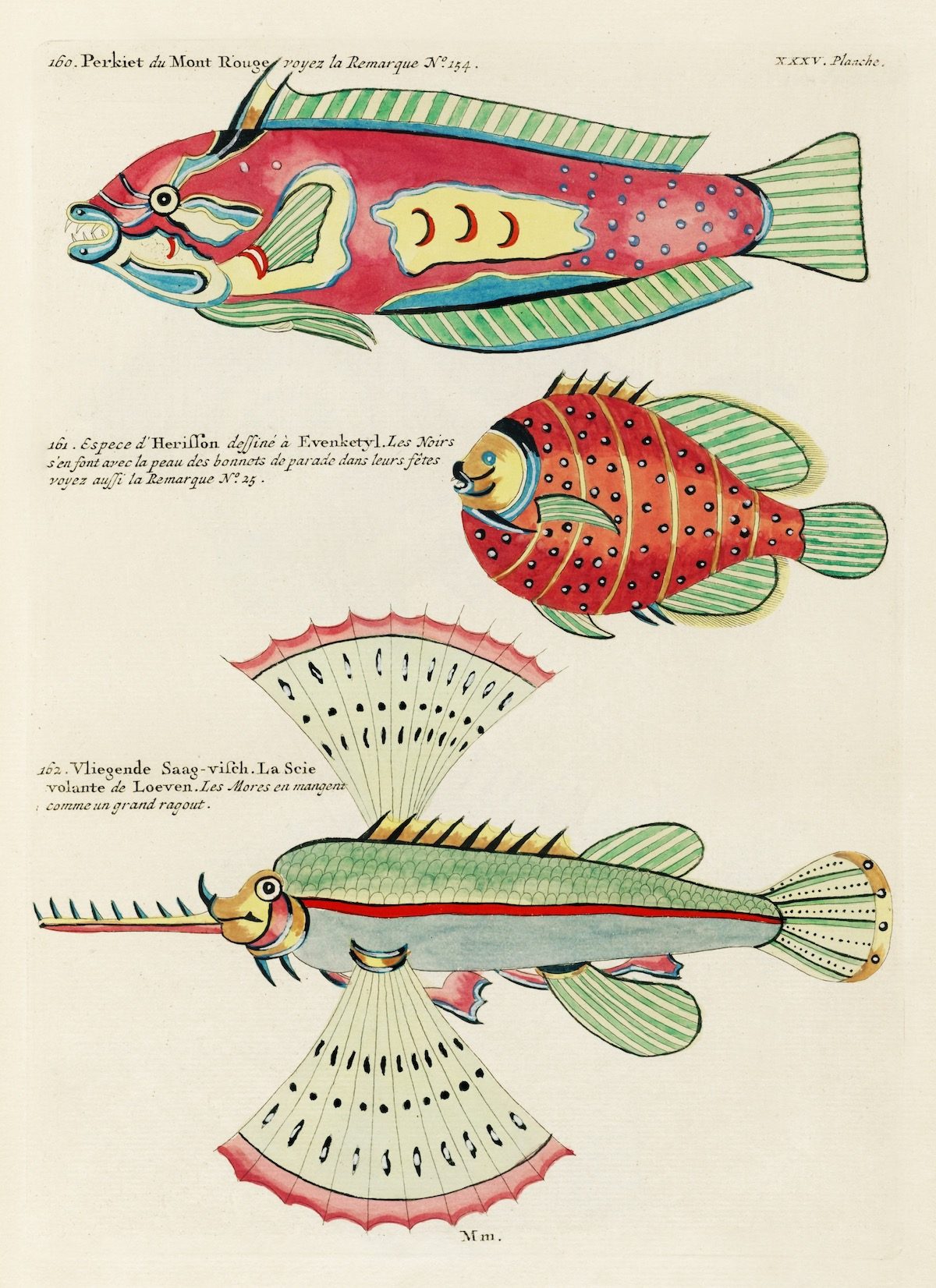
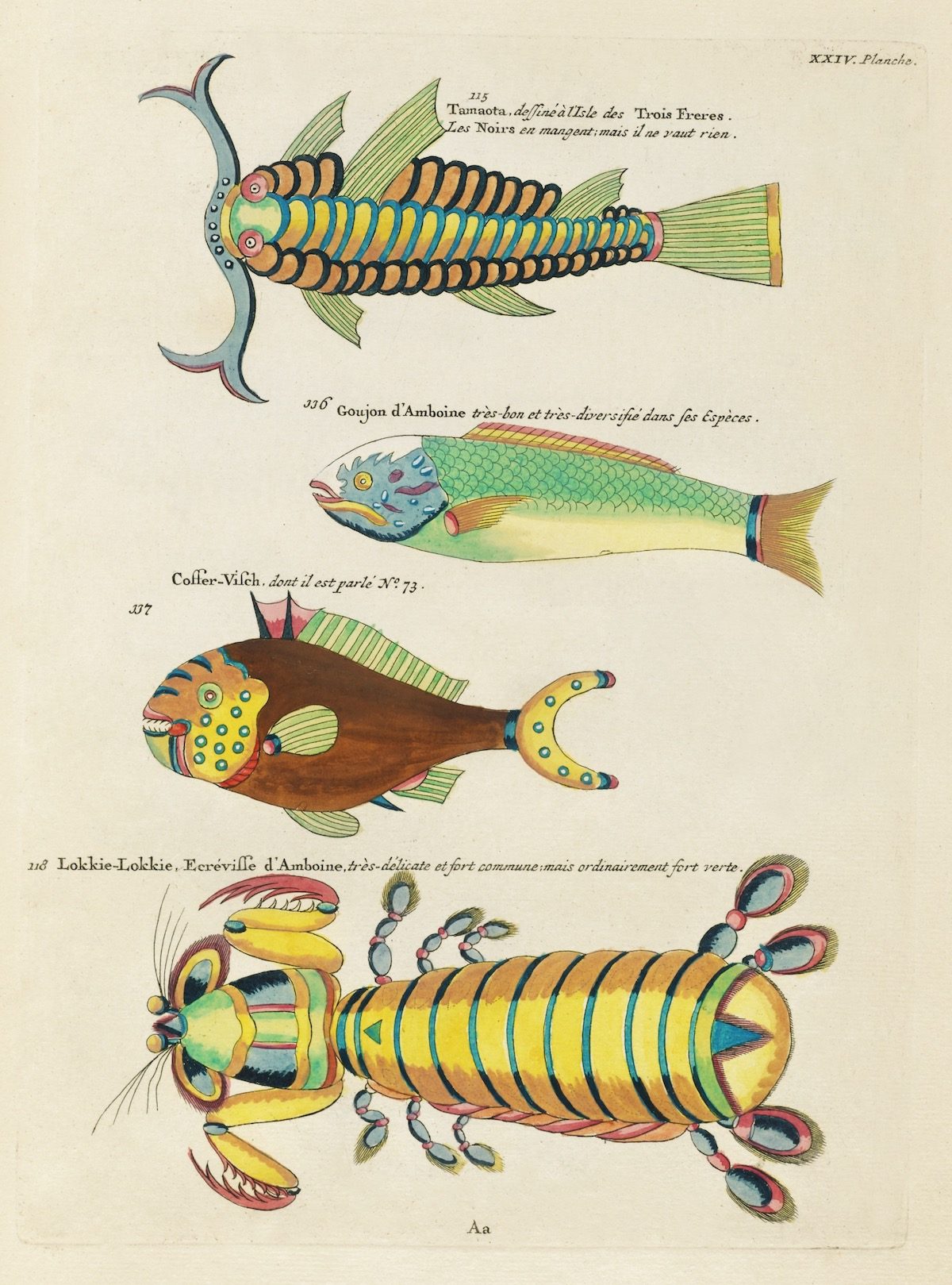
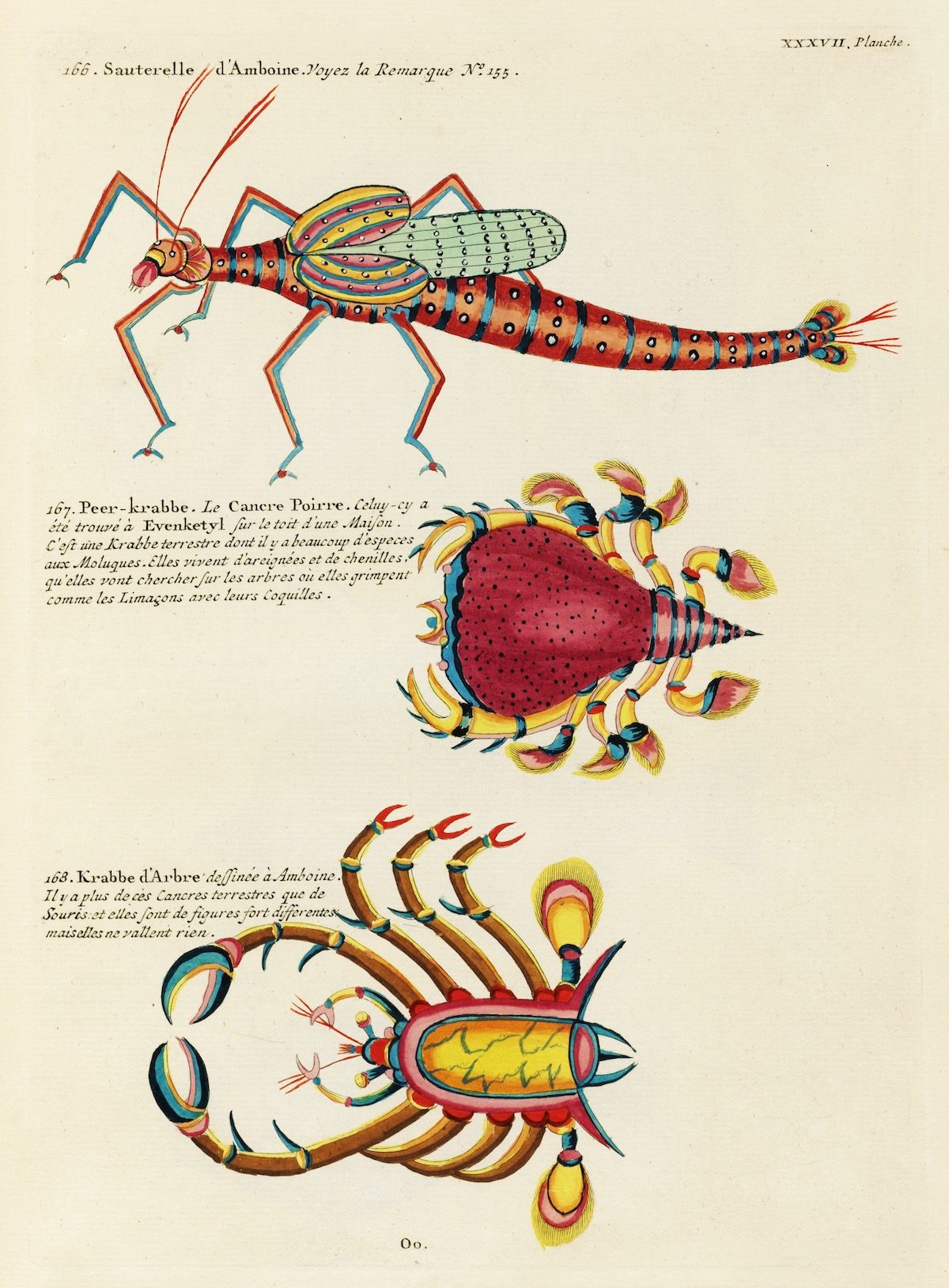
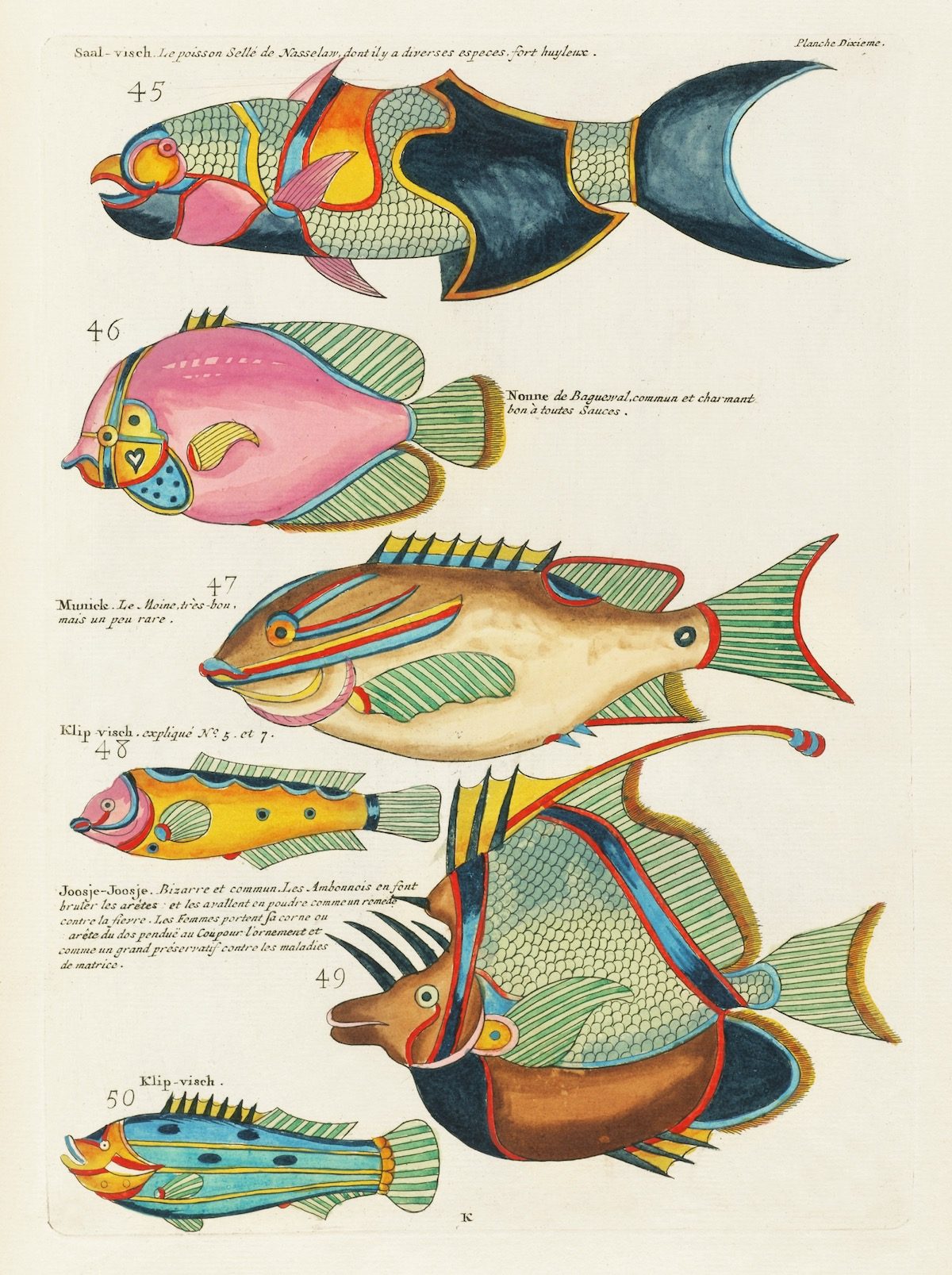
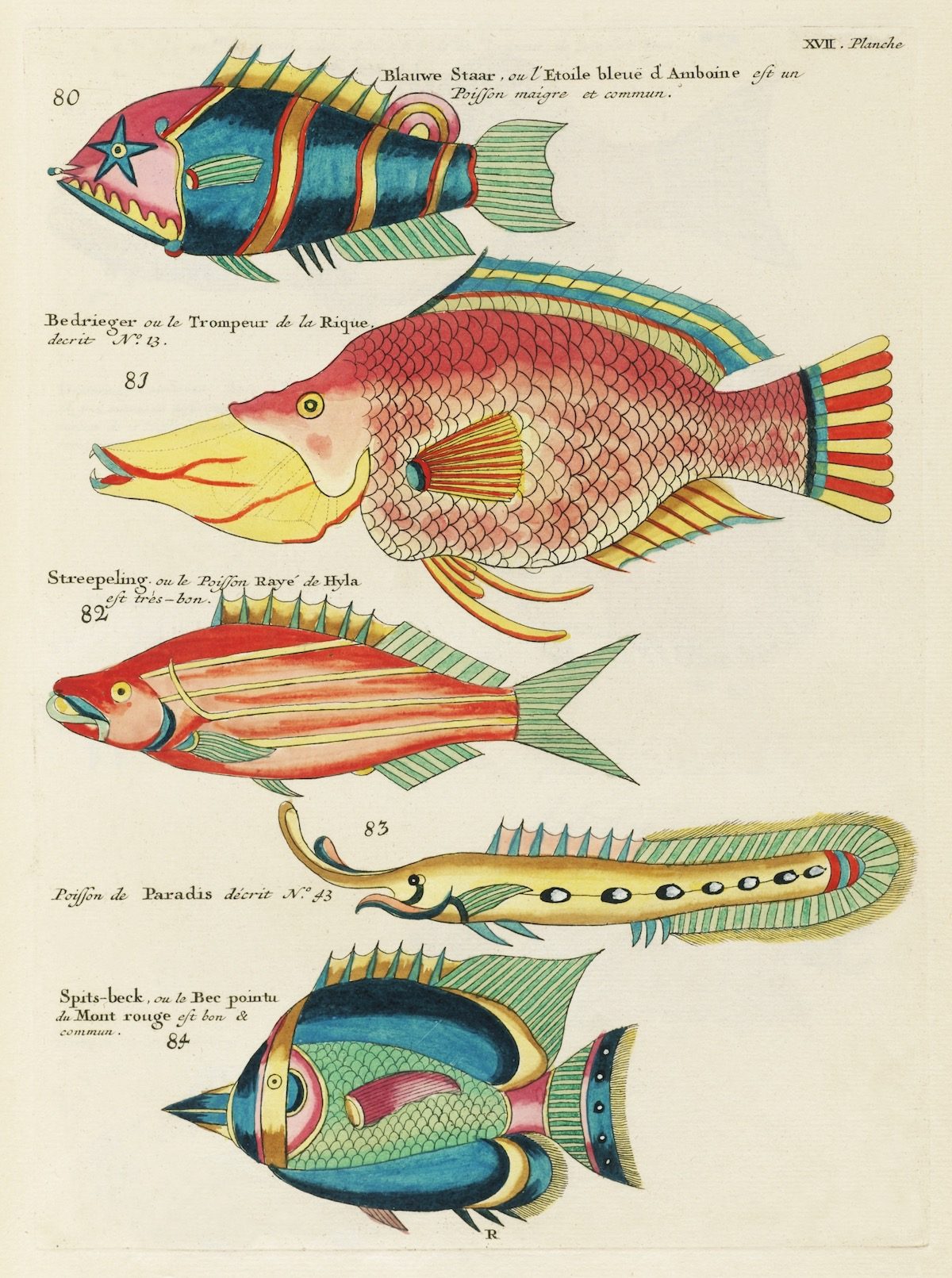
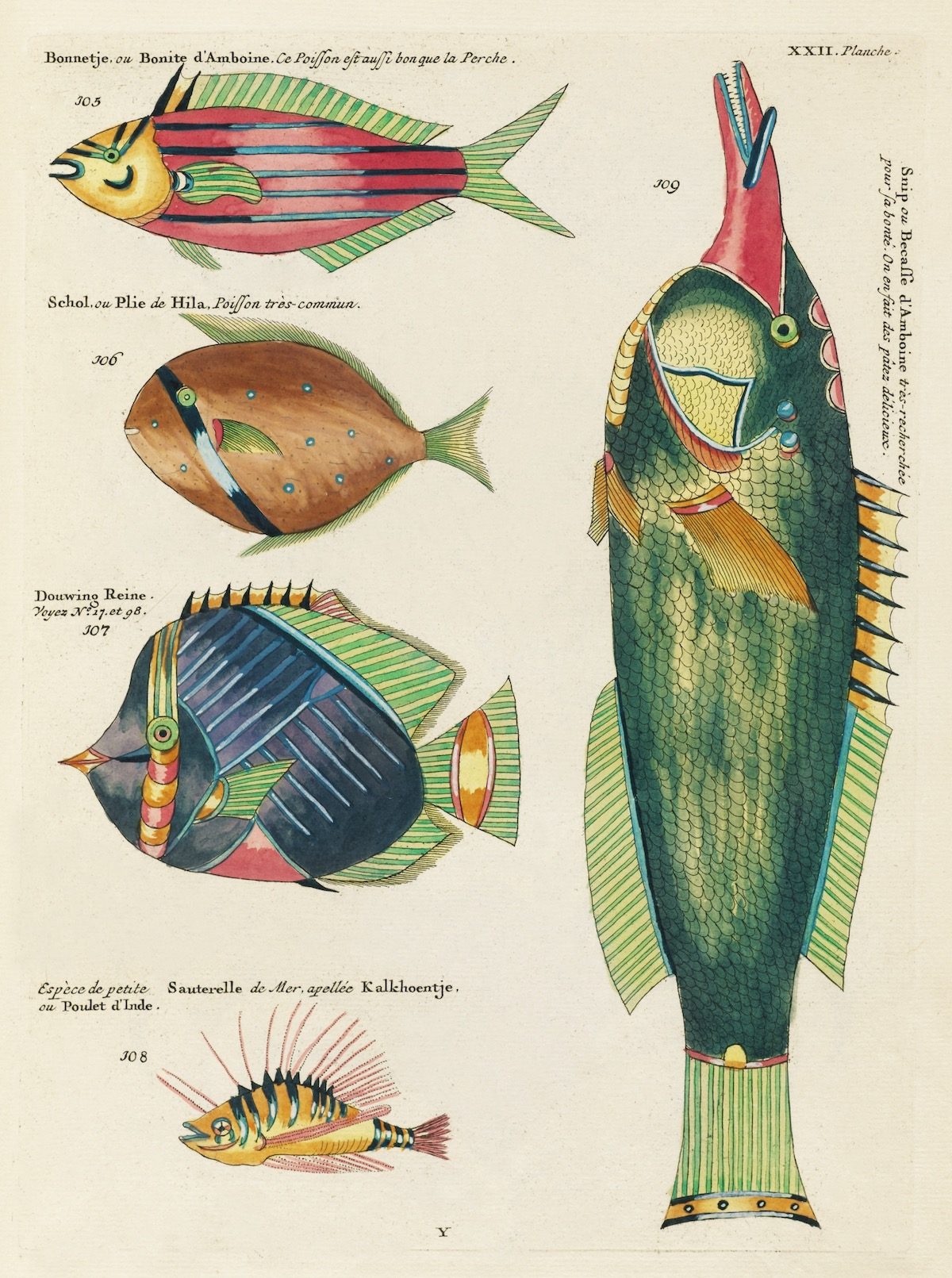
From: Histoire naturelle des plus rares curiositez de la mer des Indes (1754).
Via: RawPixel
Would you like to support Flashbak?
Please consider making a donation to our site. We don't want to rely on ads to bring you the best of visual culture. You can also support us by signing up to our Mailing List. And you can also follow us on Facebook, Instagram and Twitter. For great art and culture delivered to your door, visit our shop.









